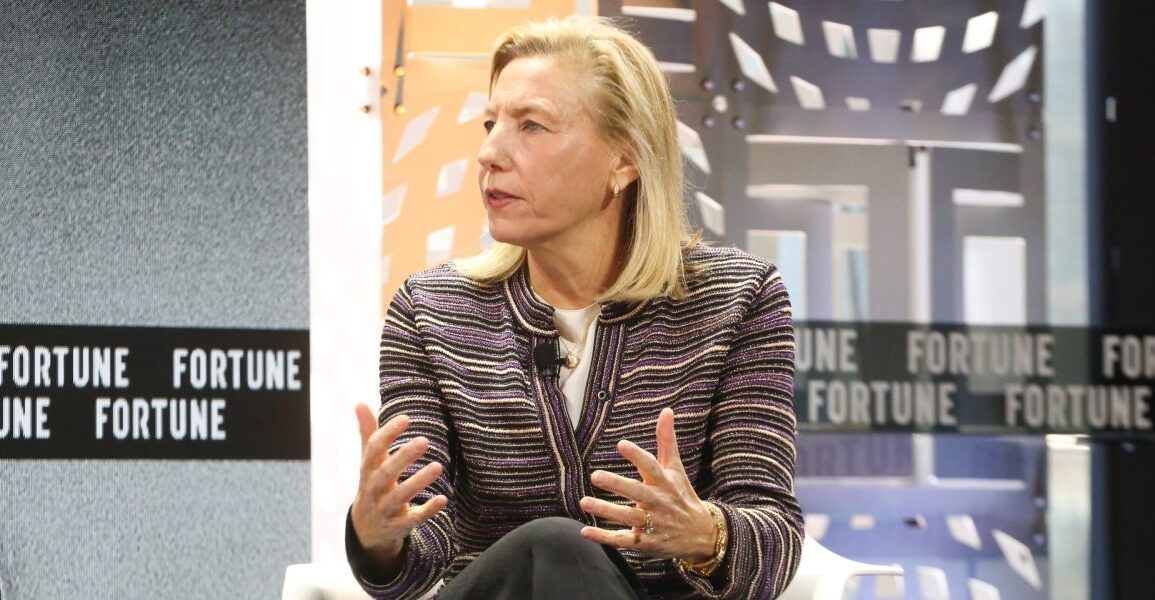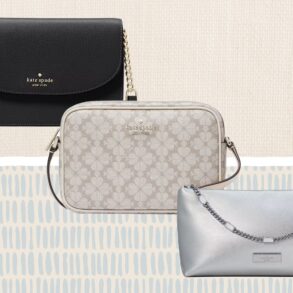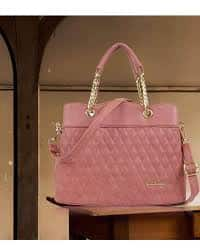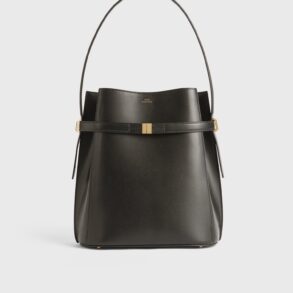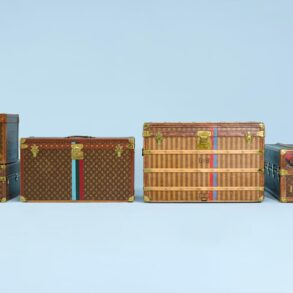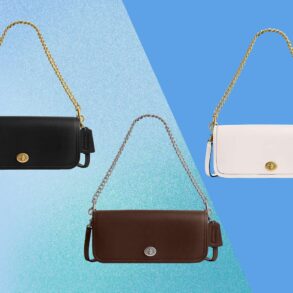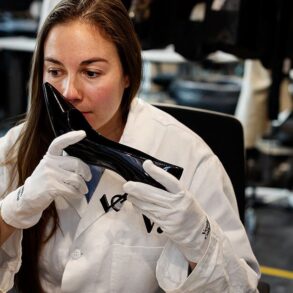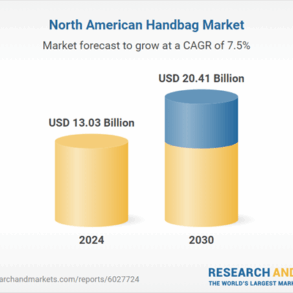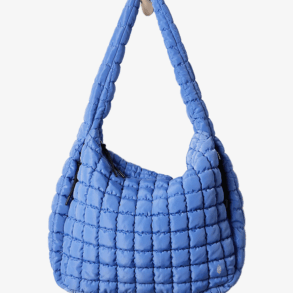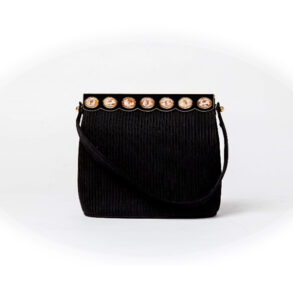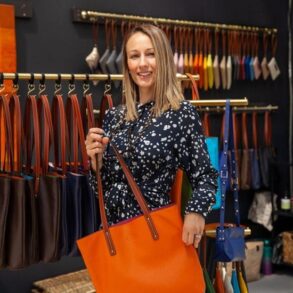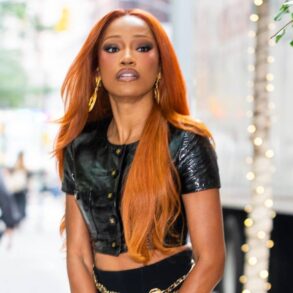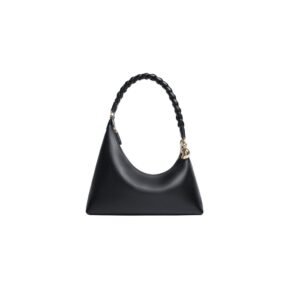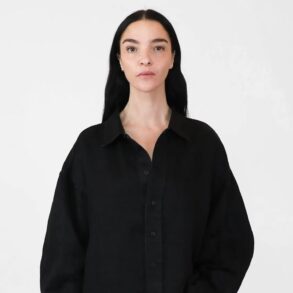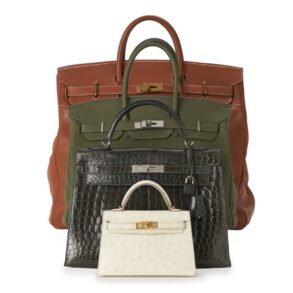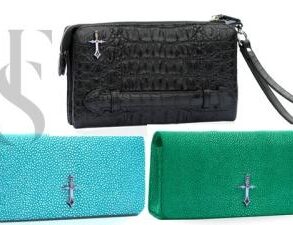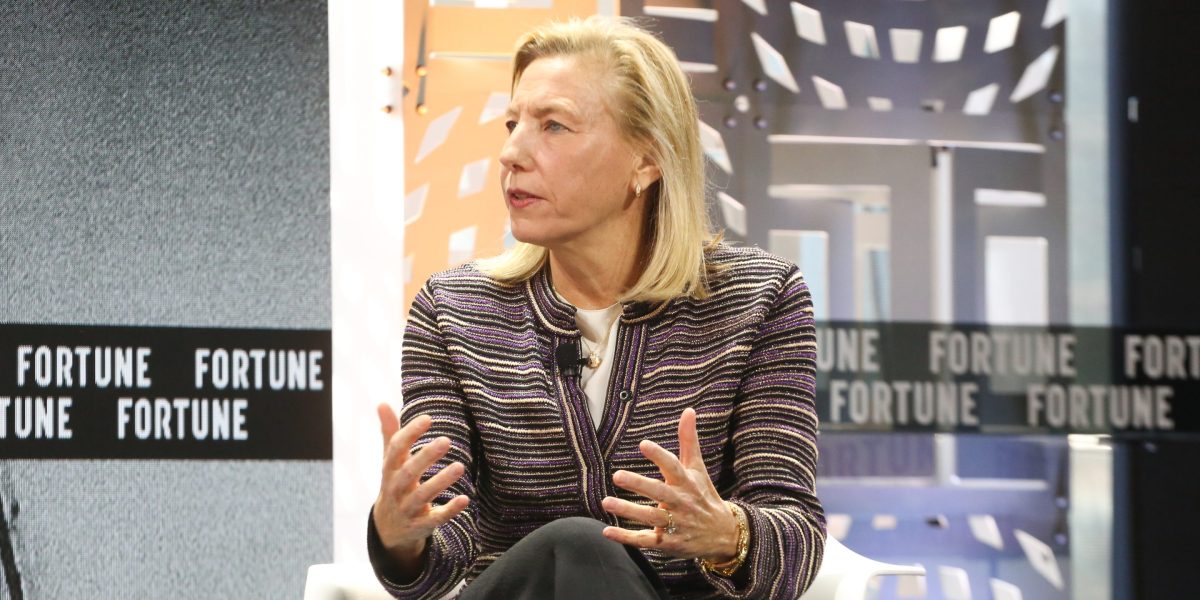
The Tabby bag has been a hit for Coach and its parent company, Tapestry, helping keep the fashion house’s sales steady even as luxury brands go through a downturn. Younger consumers have flocked to the small handbag’s trendy designs.
But the Tabby bag’s run was almost ended prematurely. Sales of the handbag, which debuted in late 2019, were starting to slip partway through the pandemic.
“In a normal cycle, we would have said: ‘Let’s mark it down and bring in the next new thing’,” Tapestry CEO Joanne Crevoiserat said Tuesday at the Fortune Global Forum in New York.
Yet Tapesry’s data suggested that “this is a bag that younger consumers are gravitating to.”
The fashion house stuck with the product line, releasing a softer, more rounded “Pillow Tabby” in 2021. The revamp was a hit with pandemic-era consumers.
Coach has continued to release new redesigns of the Tabby, like a Times Square quilted Tabby released in October.
Thanks to the Tabby, Coach returned to the top 20 fashion brands in the U.S., according to a ranking compiled by fashion e-commerce platform Lyst.
“It’s the intersection of data that informs the creativity,” she said. “That’s when the real magic happens.”
The Tabby’s success is boosting Tapestry’s top line. The fashion house reported $1.51 billion in sales for the three months ending September 2024, roughly equal to what it reported this time last year. Much of that revenue–$1.17 billion–came from Coach.
In Tapestry’s most recent earnings call, Crevoiserat noted that Coach attracted 930,000 new customers in North America alone, with 60% of them being Gen-Z and millennials.
Data is also helping Tapestry appeal to more cash-strapped consumers in an era of high inflation.
“The value equation is more than just price,” she said. “We do a lot of work understanding consumers, and it’s not just reading data. It’s also going into their homes and talking to consumers and understanding the meaning behind…what you might see in the transaction data.”
From handbags to trading cards
Hasbro CEO Chris Cocks echoed the importance of data on Tuesday’s panel.
“It’s foundational for us to fundamentally understand our consumers and where they want to go,” he said. Hasbro uses customer data to help recognize shopping trends for parents and their children, and tweaks play data to keep games current.
“In some cases, you can tweak those products very quickly based on the way players are using them,” he said.
For example, Hasbro releases as many as 300 new cards for its trading card game Magic: The Gathering every quarter, adding to a total population of over 20,000 unique cards.
But a new card might end up being more powerful than expected, breaking the game’s balance and annoying players.
“If we have some power creep inside of one card, we can either nerf it and make it a little less powerful, or help to edge up some other cards to help balance [it] out, which helps drive satisfaction for the game,” he said.
Fortune’s Brainstorm Design conference is returning on Dec. 5 at the MGM Cotai in Macau, China. Panelists and attendees will debate and discuss “Experiments in Experience,” designs that blur the line between the physical and digital worlds to captivate users and foster lasting connections. Register here!
A newsletter for the boldest, brightest leaders:
CEO Daily is your weekday morning dossier on the news, trends, and chatter business leaders need to know.
Sign up here.
This post was originally published on this site be sure to check out more of their content.


